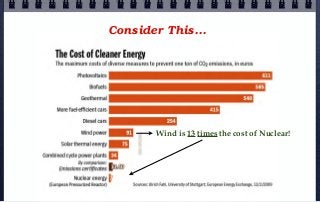This document is a presentation given by John Droz, Jr. at a public forum meeting in Newport, North Carolina on November 26, 2013 regarding a proposed nearby industrial wind project called Mill Pond. In 3 sentences:
The presentation provides an overview of key issues regarding the Mill Pond wind project and discusses the US electricity grid and power sources, noting that energy decisions should be made based on sound science rather than lobbyists. It encourages attendees to visit the presenter's website for more economic and environmental studies on industrial wind and information specific to the Mill Pond project. The presentation aims to better inform legislators and citizens to enable cost-beneficial and environmentally sound energy and environmental policies.
![Mill Pond=Mill Stone?
John Droz, jr.
Physicist & Environmental Advocate
Newport, North Carolina
11/26/13 [rev 12/16/13]](https://image.slidesharecdn.com/wppresentation-student-111104060747-phpapp01/85/Mill-Pond-Mill-Stone-1-320.jpg)


![Mill Pond = Mill Stone?
This is a presentation given at a public forum meeting in Newport, NC November 26, 2013, to 100+ attendees.
This is an overview discussion about various key aspects of a proposed nearby industrial wind project (Mill
Pond). It also touches on the US electricity grid, and the electrical power source choices we have. This is a
complicated matter, so I have tried to strike a balance between being too technical and too simplified. The
more information about our electricity options, see EnergyPresentation.Info.
The underlying message is that our energy decisions should be made on the basis of sound SCIENCE — not
on what special-interest lobbyists say.
Hopefully you have already been to my website: WiseEnergy.org which has hundreds of economic and
environmental studies regarding industrial wind energy. WiseEnergy.org/Carteret-Wind is a page on that
site that has other useful supporting information specifically about the Mill Pond project.
My expectation is that after legislators get more informed — and do some Critical Thinking — that they will
be in a much better position to execute informed cost-beneficial energy and environmental policies.
In my live presentation there was commentary that accompanied each slide, and that is not included here.
If there are questions about this material after you carefully go through this and the referenced links, I will be
glad to personally respond to any emails you send me: “aaprjohn@northnet.org”.
Please see References and Credits, my brief “resume,” the copyright notice, disclaimer, contact information: all
at the end of EnergyPresentation.Info. [Note that I will indicate updates on the material by a revision date
on the first slide.] If you like what you see, please pass it on to other open-minded people, plus your federal,
state, and local representatives.
— ENJOY!
john droz, jr.](https://image.slidesharecdn.com/wppresentation-student-111104060747-phpapp01/85/Mill-Pond-Mill-Stone-4-320.jpg)










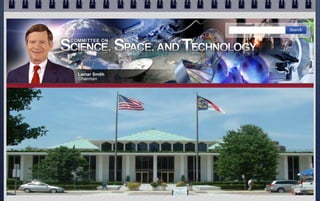




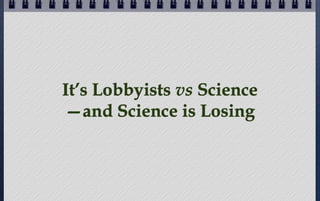



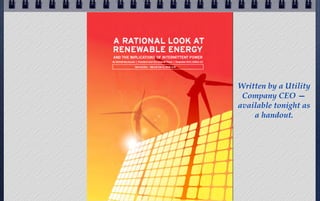


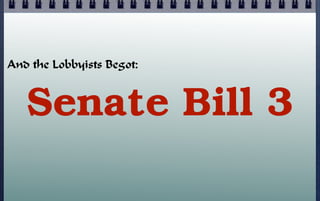
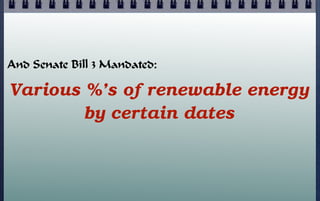



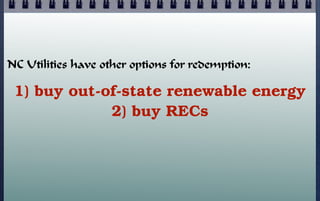
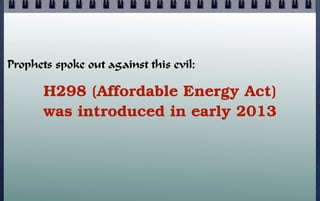



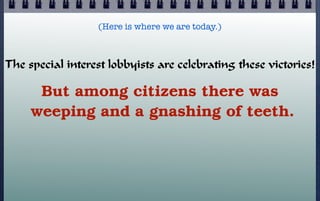

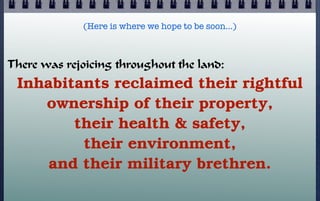


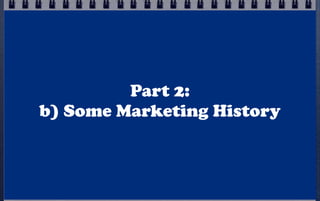
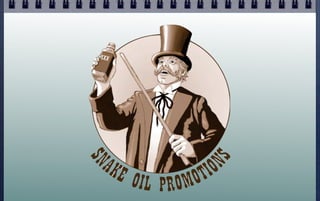







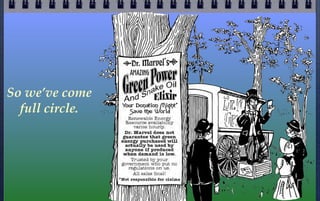




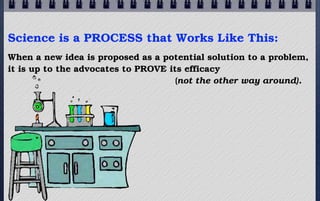

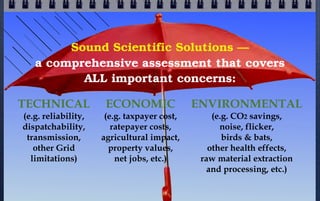


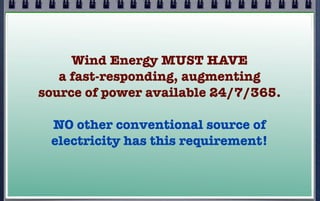






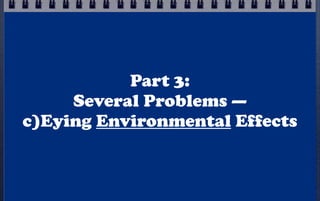



















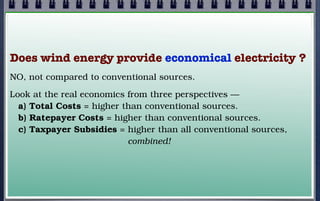

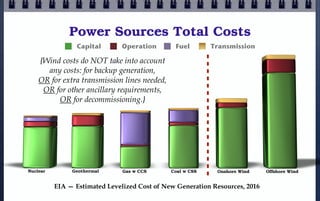





![Annual Federal TAXPAYER Subsidies
$4,981 M
of Electrical Energy Sources: Totals
2010 US Energy Information Administration Subsidy Report: July 2011
[Direct + Tax + R&D +Electricity Support]
Note that the total 2010
subsidies for wind energy
exceed the totals for all the
other conventional sources
COMBINED!
$1,189 M
Coal
$2,234 M
Nuclear
$654 M
Nat Gas
$215 M
Hydro
$4,981 M
Wind](https://image.slidesharecdn.com/wppresentation-student-111104060747-phpapp01/85/Mill-Pond-Mill-Stone-96-320.jpg)
![Some Annual Federal Subsidies
$52.43
of Electrical Energy Sources: per MWH
2010 US Energy Information Administration Subsidy Report: July 2011
[Direct + Tax + R&D +Electricity Support]
$0.64
Coal
$2.78
Nuclear
$0.63
Nat Gas
$0.84
Hydro
$52.43
Wind](https://image.slidesharecdn.com/wppresentation-student-111104060747-phpapp01/85/Mill-Pond-Mill-Stone-97-320.jpg)



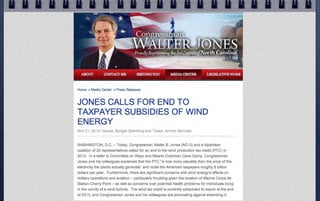







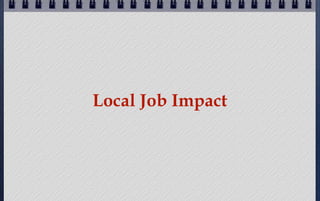




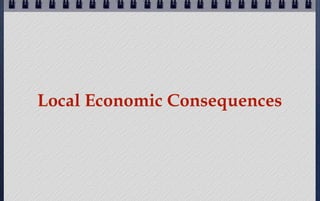

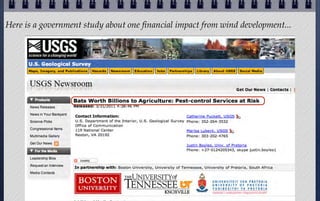

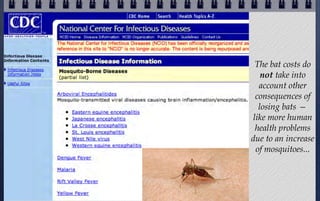





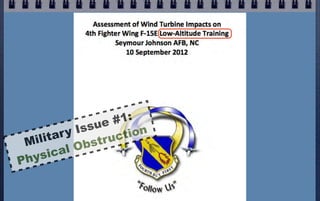

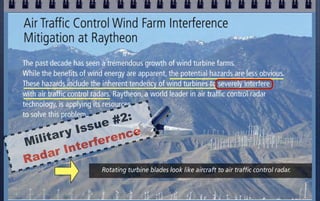
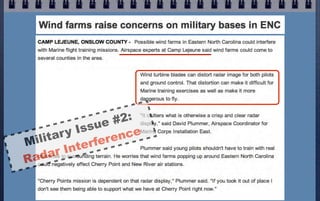




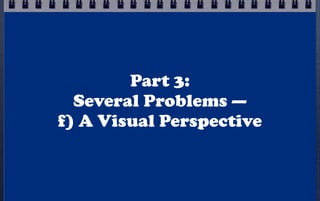



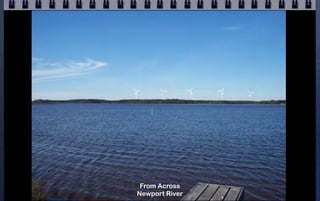

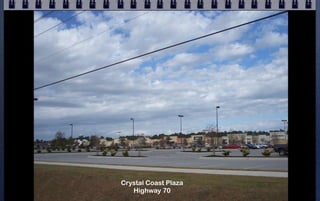




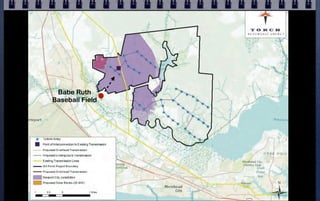



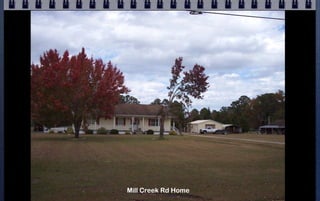




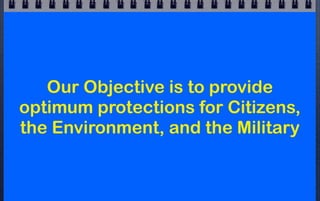
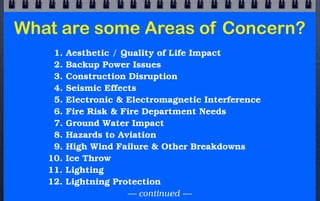





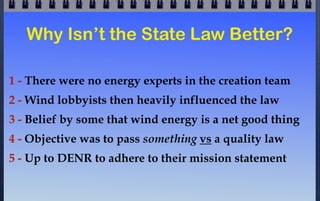
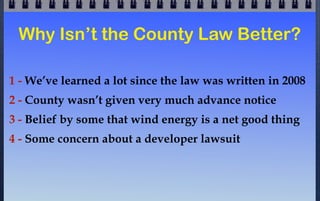























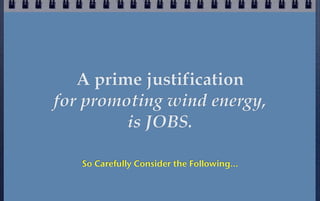



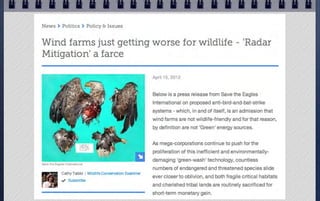
![This wind industry
report shows that
99.9% (!)
of NC acreage has
unsuitable winds.
Mill Pond
Minimum Wind Speeds Needed
[Compare this to
Kansas (10.5%),
Nebraska (8.4%),
Texas (44.5%)…]
The only targeted
places will be on
the NC coast.](https://image.slidesharecdn.com/wppresentation-student-111104060747-phpapp01/85/Mill-Pond-Mill-Stone-189-320.jpg)



![[Note: when making a submission to the NCUC, a key point
to be made is how well they are following their statutory
obligations when reviewing any proposed wind project.]](https://image.slidesharecdn.com/wppresentation-student-111104060747-phpapp01/85/Mill-Pond-Mill-Stone-193-320.jpg)
![[Note: these are the standards that DENR should
be using when interpreting and enforcing H484.
There is nothing about promoting any business.]](https://image.slidesharecdn.com/wppresentation-student-111104060747-phpapp01/85/Mill-Pond-Mill-Stone-194-320.jpg)
![Worldwide Contribution to CO2 Reductions
Since 1973
100
[For those who believe that Global Warming is
our most pressing matter, the evidence says that
using Nuclear Power is our best option.]
75
50
25
Renewables
Generation
Transmission
Nuclear Power
0](https://image.slidesharecdn.com/wppresentation-student-111104060747-phpapp01/85/Mill-Pond-Mill-Stone-195-320.jpg)
